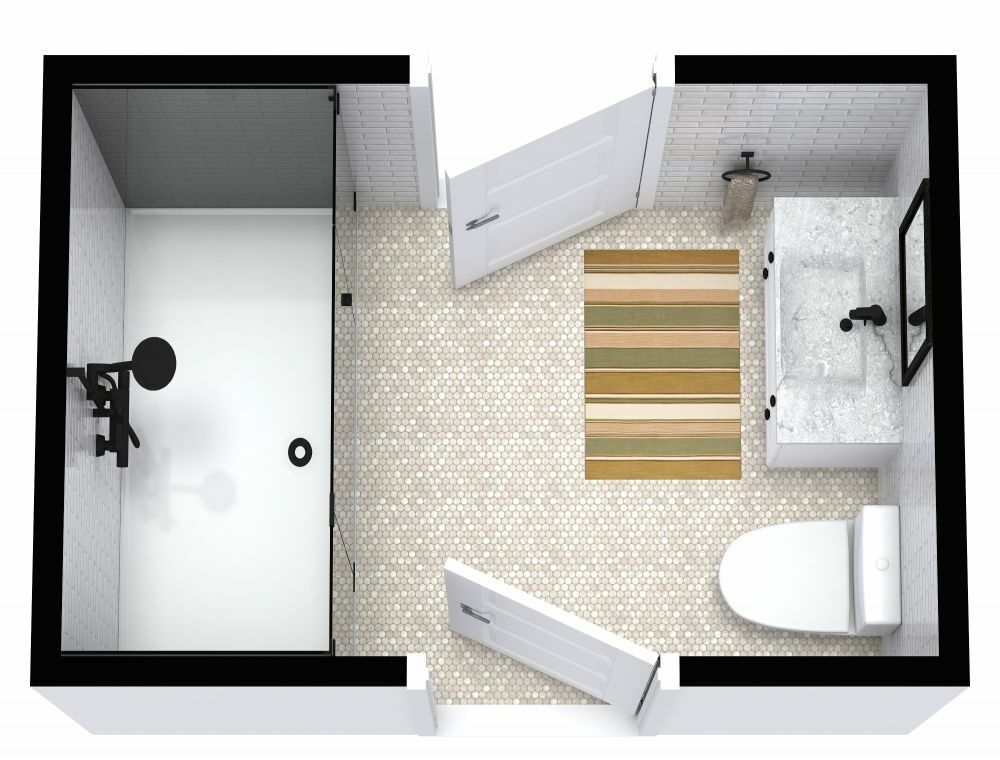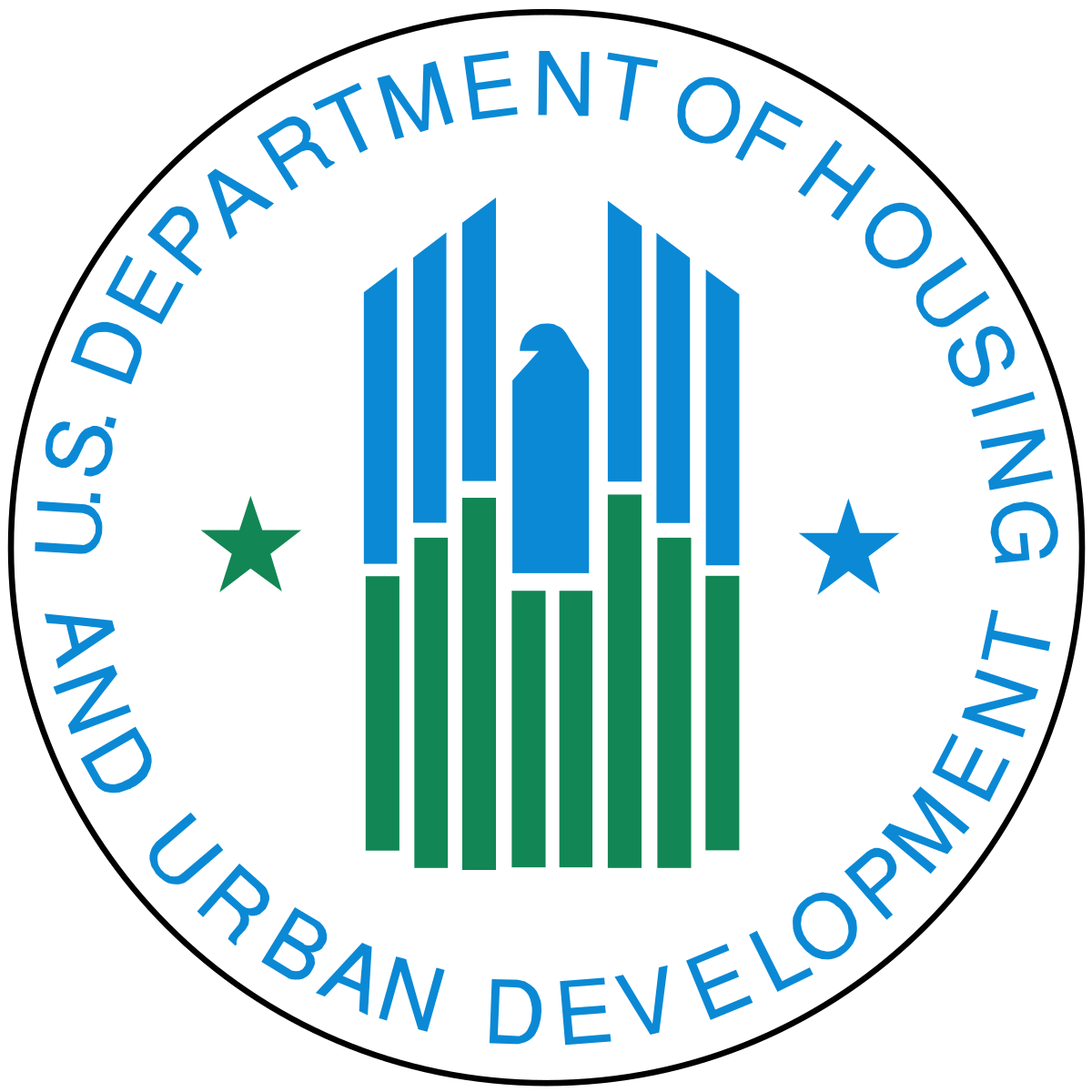We proposed reforms designed to improve HUD’s loan program by ensuring that financing supports high-quality care, prevents excessive valuations, and streamlines processing in our policy brief Strengthening HUD’s Nursing Home Loan Program Through Quality-Based Underwriting and Process Reforms.
However, to fully realize these benefits, we believe that HUD must modernize its loan processing system through Intelligent Process Automation (IPA). By incorporating AI, automated workflows, and real-time data integration, HUD can increase processing speed, improve accuracy, and create a risk-aware loan portfolio.
By combining policy reforms with automation, HUD can establish a modern, efficient, and data-driven loan program that protects taxpayer dollars while ensuring responsible investment in the skilled nursing sector. Specifically, HUD can:
- Streamline loan processing, reducing administrative delays.
- Enhance underwriting accuracy by automatically integrating real-time CMS Five-Star Ratings and compliance data.
- Prevent inflated valuations by using automated valuation models based on comparable sales data.
- Expand financial assessments beyond 12 months for better long-term risk evaluation.
- Improve CHOW and refinancing efficiency through automated compliance and financial history reviews.
Key Areas Where IPA Can Improve HUD Loan Processing
1. Intelligent Document Processing (IDP) for Faster Application Reviews
- Current Issue: Loan processing involves manual document review, leading to delays.
- Solution: AI-powered document extraction and verification tools can automatically process:
- o Financial statements, DSCR calculations, and CMS compliance reports.
- o Ownership and operator history verification.
- o Borrower risk indicators (e.g., prior CHOW transactions, default history).
- Impact: Reduces manual workload, ensures faster processing, and flags incomplete applications in real time.
2. Automated Quality & Compliance Scoring
- Current Issue: HUD’s loan decisions do not fully factor in CMS Five-Star Ratings and survey compliance data.
- Solution: Develop an automated quality risk scoring system that:
- o Pulls real-time CMS compliance data (Five-Star Rating, survey results, enforcement actions).
- o Flags 1-star facilities and operators with 20%+ low-rated properties for additional review.
- o Prioritizes fast-track approvals for 4- and 5-star operators.
- Impact: Ensures loans are awarded based on quality performance, not just financial metrics.
3. AI-Driven Financial Analysis & Risk Detection
- Current Issue: Underwriting relies on a flawed 12-month financial snapshot, leading to misaligned risk assessments.
- Solution: AI-powered multi-year financial modeling can:
- o Analyze 3-5 years of financial history to detect trends.
- o Identify unusual income spikes or financial inconsistencies.
- o Adjust loan risk models based on Medicaid reimbursement structures.
- Impact: More accurate, long-term risk-adjusted underwriting decisions.
4. Automated Valuation Models (AVMs) for More Accurate Pricing
- Current Issue: SNF valuations rely too heavily on the income approach, which can lead to overinflated loan amounts.
- Solution: Implement automated valuation models (AVMs) that:
- o Cross-check FMV using recent SNF sales comparables instead of just projected income.
- o Adjust valuations based on regional market conditions, occupancy trends, and reimbursement factors.
- Impact: Ensures more accurate and realistic property valuations for loan underwriting.
5. Intelligent Workflow Automation for CHOW & Refinancing Approvals
- Current Issue: Change of Ownership (CHOW) reviews take months due to manual data collection and compliance verification.
- Solution: AI-driven automation can:
- o Pre-clear trusted operators based on compliance and financial history.
- o Automate background checks on facility owners, reducing redundant manual reviews.
- o Instantly flag high-risk facilities undergoing regulatory scrutiny.
- Impact: Faster CHOW approvals, ensuring continuity of care under new ownership.
6. Predictive Analytics for Loan Performance Monitoring
- Current Issue: HUD does not actively monitor post-loan risk, leading to unexpected defaults.
- Solution: Deploy predictive analytics models to:
- o Continuously assess financial health, CMS ratings, and facility complaints.
- o Flag facilities showing early signs of operational or financial distress.
- o Recommend proactive interventions before defaults occur.
- Impact: Strengthens HUD’s risk oversight, preventing costly loan failures.




